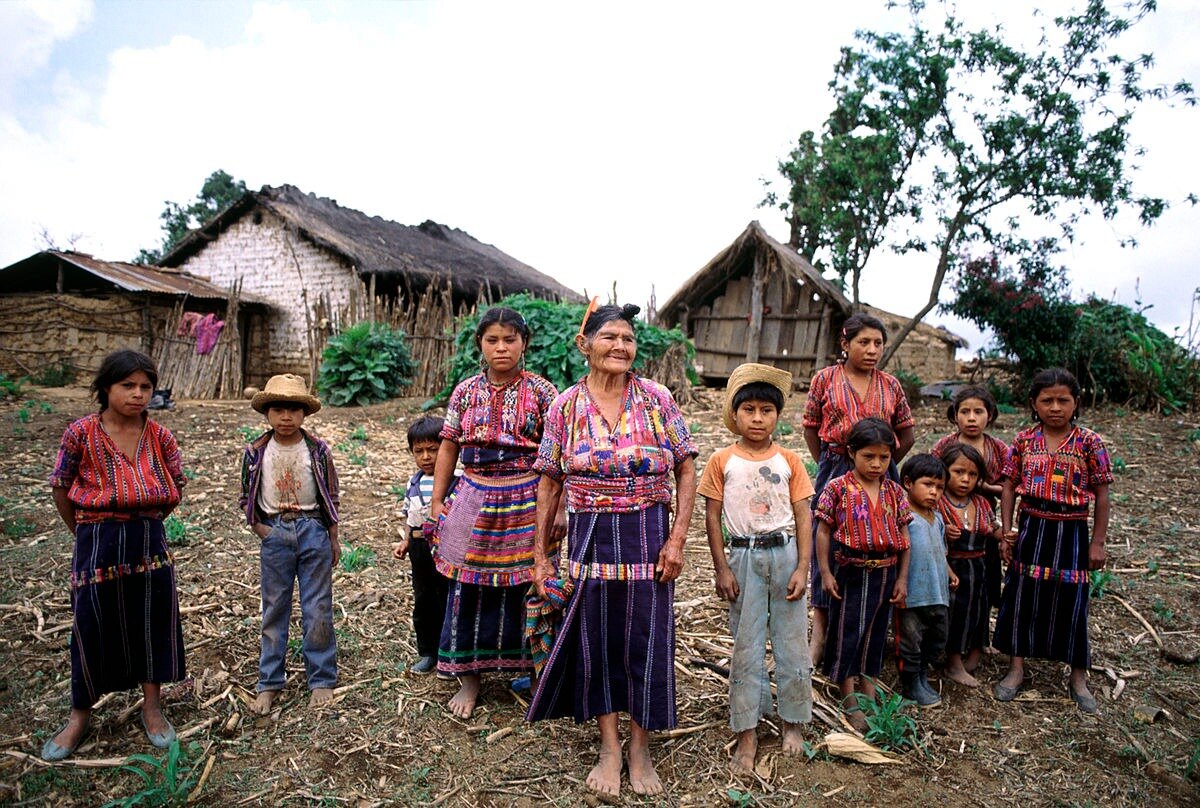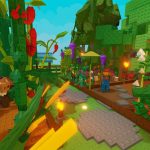
K'iche' is a fascinating language spoken by the K'iche' people in Guatemala. Ever wondered what makes this language so unique? K'iche' belongs to the Mayan language family, which has a rich history and cultural significance. With over a million speakers, it's one of the most widely spoken indigenous languages in Central America. The language has its roots in ancient Mayan civilization, and its influence can still be seen today in various aspects of Guatemalan culture. From its complex grammar to its vibrant oral traditions, K'iche' offers a window into a world that has thrived for centuries. Ready to learn more? Let's dive into 29 intriguing facts about K'iche'!
K'iche' Language and Its Origins
The K'iche' language, also known as Quiché, is a fascinating subject with deep historical roots. Spoken by the K'iche' people in Guatemala, it holds a significant place in Mesoamerican history.
- K'iche' is one of the Mayan languages. It belongs to the K'ichean branch of the Mayan language family.
- The language has ancient origins. It dates back to the pre-Columbian era, making it one of the oldest languages still in use today.
- K'iche' was the language of the Popol Vuh. This sacred book of the K'iche' people contains their creation myths and history.
- Over a million people speak K'iche'. Most speakers live in the highlands of Guatemala.
- K'iche' has several dialects. These include Central K'iche', Eastern K'iche', and Western K'iche'.
- The language uses the Latin alphabet. This adaptation occurred after Spanish colonization.
- K'iche' has influenced other languages. Its vocabulary and structure have impacted neighboring Mayan languages.
Cultural Significance of K'iche'
The K'iche' language is not just a means of communication; it is a vessel of cultural heritage and identity.
- K'iche' is integral to traditional ceremonies. Rituals and ceremonies often use the language to preserve cultural practices.
- The language is taught in schools. In Guatemala, efforts are made to teach K'iche' to younger generations.
- K'iche' literature is rich. Besides the Popol Vuh, there are many other texts and oral traditions.
- Music and songs in K'iche'. Traditional music often features lyrics in K'iche', preserving the language through art.
- K'iche' names carry meanings. Names in K'iche' often have significant meanings related to nature or spirituality.
- K'iche' proverbs are widely used. These proverbs offer wisdom and reflect the worldview of the K'iche' people.
- K'iche' is used in radio broadcasts. Some radio stations in Guatemala broadcast in K'iche' to reach native speakers.
Challenges Facing the K'iche' Language
Despite its rich history and cultural importance, the K'iche' language faces several challenges in the modern world.
- Urbanization threatens the language. As people move to cities, they often adopt Spanish, leading to a decline in K'iche' speakers.
- Globalization impacts language use. The spread of global languages like English affects the use of indigenous languages.
- Educational resources are limited. There are fewer educational materials available in K'iche' compared to Spanish.
- Intergenerational transmission is declining. Younger generations are less likely to learn K'iche' from their parents.
- Media representation is scarce. There is limited representation of K'iche' in mainstream media.
- Economic factors play a role. Economic pressures can lead families to prioritize learning Spanish for better job opportunities.
- Government support is inconsistent. Efforts to promote K'iche' vary, affecting its preservation.
Efforts to Preserve K'iche'
Despite the challenges, there are ongoing efforts to preserve and revitalize the K'iche' language.
- Language preservation programs exist. Various organizations work to document and promote K'iche'.
- Bilingual education initiatives. Some schools offer bilingual education in K'iche' and Spanish.
- Cultural festivals celebrate K'iche'. Festivals and events highlight the language and culture of the K'iche' people.
- Digital resources are being developed. Online platforms and apps are being created to teach K'iche'.
- Community efforts are crucial. Local communities play a key role in keeping the language alive.
- Academic research supports preservation. Scholars study K'iche' to better understand and document it.
- International recognition helps. Global awareness of the importance of indigenous languages supports preservation efforts.
- Language courses are available. Universities and language institutes offer courses in K'iche' to promote learning.
The Heart of K'iche' Culture
K'iche' culture is a vibrant tapestry of history, language, and tradition. From their ancient roots in the highlands of Guatemala to their rich linguistic heritage, the K'iche' people have a story worth knowing. Their language, one of the many Mayan languages, is still spoken by thousands, keeping their traditions alive. The K'iche' have contributed significantly to the cultural mosaic of Central America, with their customs, rituals, and community life offering a glimpse into a world that values connection and heritage.
Understanding these facts about the K'iche' helps us appreciate the diversity and resilience of indigenous cultures. Their history is not just a series of events but a living narrative that continues to evolve. By learning about the K'iche', we honor their past and support their future, ensuring that their unique identity remains a vital part of our global community.
Was this page helpful?
Our commitment to delivering trustworthy and engaging content is at the heart of what we do. Each fact on our site is contributed by real users like you, bringing a wealth of diverse insights and information. To ensure the highest standards of accuracy and reliability, our dedicated editors meticulously review each submission. This process guarantees that the facts we share are not only fascinating but also credible. Trust in our commitment to quality and authenticity as you explore and learn with us.


